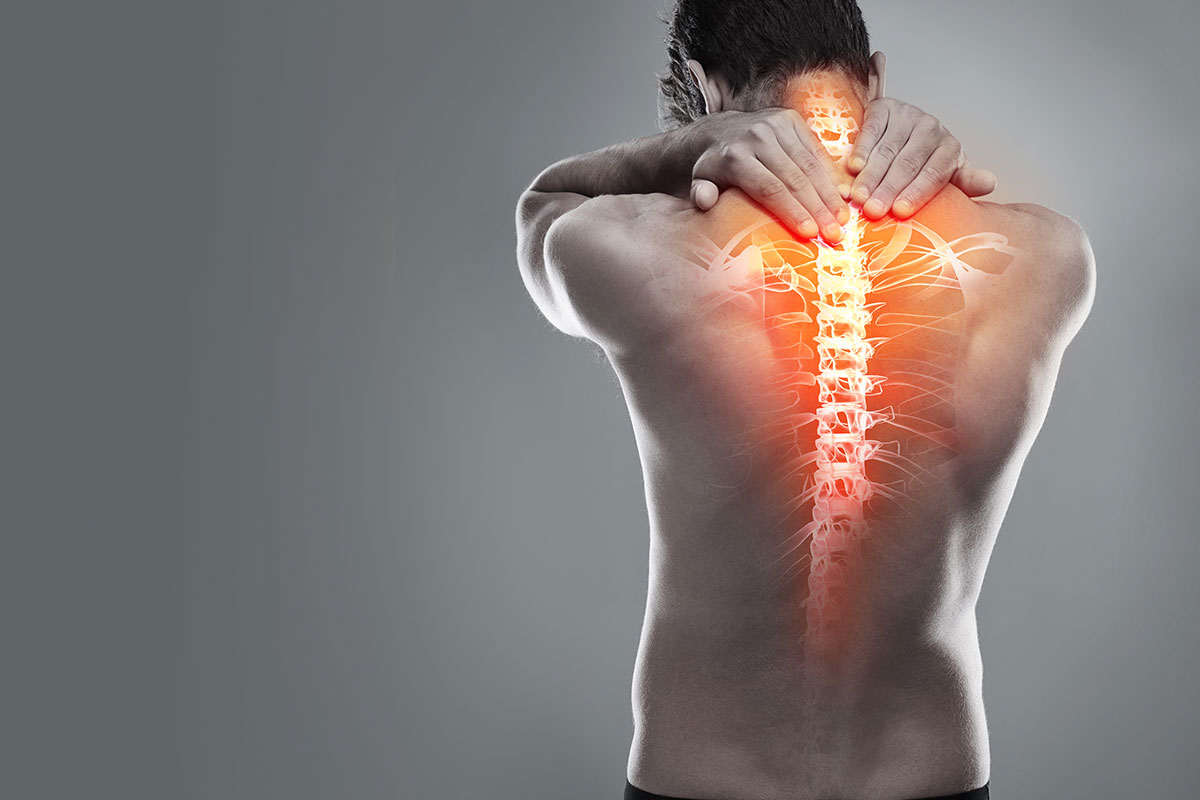
Steps to Strong, Healthy Bones: A Comprehensive Guide
Maintaining strong and healthy bones is crucial for overall health and well-being at every stage of life. Bones provide structural support, protect vital organs, and store essential minerals such as calcium and phosphorus. This comprehensive guide explores the steps necessary to build and maintain healthy bones, focusing on diet, exercise, lifestyle choices, and preventive measures.
1. Understanding Bone Health
The Importance of Bone Health
Healthy bones are essential for:
- Structural Support: Bones form the skeleton, which provides the framework for the body.
- Protection: Bones protect vital organs, such as the brain, heart, and lungs.
- Movement: Bones work with muscles to enable movement.
- Mineral Storage: Bones store minerals like calcium and phosphorus, which are released into the bloodstream as needed.
- Blood Cell Production: Bones contain bone marrow, which produces blood cells.
Bone Development and Lifespan
Bone is a living tissue that continuously remodels throughout life. Bone development occurs in three main phases:
- Growth Phase (Childhood and Adolescence): During this phase, bones grow rapidly in size and density. Peak bone mass is typically achieved by the late teens to early twenties.
- Maintenance Phase (Adulthood): In adulthood, bone remodeling continues, with the balance between bone formation and resorption maintaining bone density.
- Resorption Phase (Aging): With aging, bone resorption often exceeds formation, leading to a gradual loss of bone density and an increased risk of osteoporosis and fractures.
2. Nutrition for Strong Bones
Essential Nutrients for Bone Health
Calcium
Calcium is the most critical mineral for bone health. It is a primary component of bone tissue and is necessary for maintaining bone density and strength.
- Daily Requirements: The recommended daily intake of calcium varies by age and gender. Adults generally need around 1,000 to 1,200 mg per day.
- Sources: Dairy products (milk, cheese, yogurt), leafy green vegetables (kale, broccoli), fortified foods (orange juice, cereals), and fish with bones (sardines, salmon).
Vitamin D
Vitamin D is essential for calcium absorption and bone growth. It helps maintain proper calcium and phosphate levels in the blood.
- Daily Requirements: Adults typically need 600 to 800 IU (International Units) of vitamin D per day.
- Sources: Sun exposure, fatty fish (salmon, mackerel), fortified foods (milk, cereals), and supplements.
Protein
Protein is crucial for bone health as it provides the building blocks for bone tissue.
- Daily Requirements: The recommended protein intake is about 46 grams per day for women and 56 grams per day for men.
- Sources: Meat, poultry, fish, eggs, dairy products, legumes, nuts, and seeds.
Magnesium
Magnesium plays a role in bone formation and helps regulate calcium levels.
- Daily Requirements: Adults need around 310 to 420 mg of magnesium per day.
- Sources: Nuts, seeds, whole grains, leafy green vegetables, and legumes.
Phosphorus
Phosphorus works with calcium to build strong bones and teeth.
- Daily Requirements: The recommended intake for adults is about 700 mg per day.
- Sources: Meat, poultry, fish, dairy products, nuts, seeds, and whole grains.
Vitamin K
Vitamin K is necessary for bone metabolism and helps bind calcium to the bone matrix.
- Daily Requirements: Adult women need about 90 mcg per day, and men need about 120 mcg per day.
- Sources: Leafy green vegetables (kale, spinach), broccoli, Brussels sprouts, and fermented foods (natto).
Dietary Tips for Bone Health
- Balanced Diet: Aim for a balanced diet that includes a variety of nutrient-rich foods to ensure adequate intake of essential vitamins and minerals.
- Limit Sodium: High sodium intake can increase calcium loss in the urine, so it’s essential to limit salt consumption.
- Moderate Caffeine and Alcohol: Excessive caffeine and alcohol can negatively impact bone health. Limit caffeine to moderate levels and consume alcohol in moderation.
- Hydration: Staying well-hydrated is vital for overall health, including bone health. Aim to drink plenty of water throughout the day.
3. Exercise for Bone Strength
Types of Exercise
Regular physical activity is crucial for building and maintaining strong bones. Different types of exercises benefit bone health in various ways:
Weight-Bearing Exercises
Weight-bearing exercises force you to work against gravity, stimulating bone growth and strength.
- Examples: Walking, jogging, running, hiking, dancing, and stair climbing.
Resistance Training
Resistance training involves lifting weights or using resistance bands to strengthen muscles and bones.
- Examples: Weightlifting, body weight exercises (push-ups, squats), and resistance band exercises.
Balance and Flexibility Exercises
Balance and flexibility exercises help improve coordination and prevent falls, reducing the risk of fractures.
- Examples: Yoga, tai chi, and stretching exercises.
Exercise Guidelines
- Frequency: Aim for at least 150 minutes of moderate-intensity aerobic activity or 75 minutes of vigorous-intensity aerobic activity per week, along with muscle-strengthening activities on two or more days per week.
- Variety: Incorporate a variety of exercises to target different muscle groups and promote overall bone health.
- Consistency: Regular exercise is key to maintaining strong bones. Make physical activity a part of your daily routine.
4. Lifestyle Choices for Bone Health
Avoid Smoking
Smoking is detrimental to bone health as it interferes with the body’s ability to absorb calcium, reduces bone density, and increases the risk of fractures.
Limit Alcohol Consumption
Excessive alcohol consumption can lead to bone loss and increase the risk of osteoporosis. Limit alcohol intake to moderate levels—up to one drink per day for women and up to two drinks per day for men.
Maintain a Healthy Weight
Maintaining a healthy weight is important for bone health. Being underweight can increase the risk of bone loss and fractures, while being overweight can put extra stress on bones and joints. Aim for a balanced diet and regular exercise to maintain a healthy weight.
Sun Exposure
Adequate sun exposure helps the body produce vitamin D, which is essential for calcium absorption and bone health. Aim for about 10-30 minutes of sun exposure several times a week, depending on your skin type and geographical location. Always use sun protection to prevent skin damage.
5. Preventive Measures for Bone Health
Bone Density Testing
Bone density testing, also known as a DEXA scan, measures bone mineral density and helps assess the risk of osteoporosis and fractures. It is recommended for:
- Postmenopausal Women: Women over 65 or those with risk factors for osteoporosis should undergo bone density testing.
- Men: Men over 70 or those with risk factors should consider testing.
- Individuals with Risk Factors: People with a family history of osteoporosis, chronic conditions, or prolonged use of medications that affect bone health should undergo testing.
Fall Prevention
Preventing falls is crucial for reducing the risk of fractures, especially in older adults. Implement the following measures:
- Home Safety: Make your home safe by removing tripping hazards, installing grab bars in the bathroom, and ensuring adequate lighting.
- Footwear: Wear supportive, non-slip footwear to reduce the risk of falls.
- Regular Vision and Hearing Checkups: Regular checkups can help detect and address vision or hearing impairments that may increase the risk of falls.
- Balance and Strength Training: Engage in exercises that improve balance and strengthen muscles to reduce the risk of falls.
Medication Management
Certain medications can impact bone health. If you are taking medications that affect bone density, discuss with your healthcare provider ways to mitigate these effects, such as adjusting the dosage or taking supplements.
Hormone Replacement Therapy (HRT)
Hormone Replacement Therapy (HRT) can help maintain bone density in postmenopausal women by replacing estrogen, which declines after menopause. However, HRT has associated risks and should be considered on an individual basis in consultation with a healthcare provider.
6. Special Considerations for Different Life Stages
Childhood and Adolescence
Building strong bones during childhood and adolescence is crucial for achieving peak bone mass and reducing the risk of osteoporosis later in life.
- Calcium and Vitamin D: Ensure children and adolescents get adequate calcium and vitamin D through diet and supplements if necessary.
- Physical Activity: Encourage weight-bearing and muscle-strengthening activities, such as running, jumping, and playing sports.
- Healthy Diet: Promote a balanced diet rich in fruits, vegetables, whole grains, and lean proteins.
Adulthood
Maintaining bone health in adulthood helps prevent bone loss and reduces the risk of fractures.
- Continue Healthy Habits: Maintain a diet rich in calcium and vitamin D, engage in regular physical activity, and avoid smoking and excessive alcohol consumption.
- Monitor Bone Health: Regularly monitor bone health through checkups and bone density testing if recommended.
Older Adults
Older adults are at a higher risk of osteoporosis and fractures. Taking proactive steps to maintain bone health is crucial.
- Bone Density Testing: Undergo regular bone density testing to assess bone health and risk of fractures.
- Fall Prevention: Implement fall prevention measures, such as home safety modifications, balance training, and regular vision and hearing checkups.
- Calcium and Vitamin D: Ensure adequate intake of calcium and vitamin D through diet and supplements if necessary.
- Medication Review: Regularly review medications with a healthcare provider to manage those that may impact bone health.
Pregnancy and Lactation
Bone health is particularly important during pregnancy and lactation, as the body requires additional calcium for fetal development and milk production.
- Calcium and Vitamin D: Ensure adequate intake of calcium and vitamin D through diet and supplements.
- Balanced Diet: Maintain a balanced diet that includes a variety of nutrient-rich foods.
- Healthy Weight: Aim for a healthy weight gain during pregnancy to support overall health and well-being.
7. Addressing Common Myths and Misconceptions
Myth: Dairy is the Only Source of Calcium
While dairy products are a rich source of calcium, many other foods provide calcium, including leafy green vegetables, fortified foods, nuts, and seeds. People who are lactose intolerant or follow a vegan diet can still meet their calcium needs through these alternative sources.
Myth: Osteoporosis Only Affects Women
Osteoporosis affects both men and women, although it is more common in women. Men are also at risk, particularly as they age, and should take steps to maintain bone health.
Myth: Physical Activity Increases the Risk of Bone Injury
While certain high-impact activities can increase the risk of injury, regular weight-bearing and resistance exercises strengthen bones and reduce the risk of fractures. Engaging in safe, appropriate exercises is essential for maintaining bone health.
Myth: Bone Health is Only a Concern for Older Adults
Bone health is important at every stage of life. Building strong bones during childhood and adolescence, maintaining bone health in adulthood, and taking preventive measures in older age all contribute to overall bone health and reduce the risk of osteoporosis and fractures.
Conclusion
Maintaining strong, healthy bones is essential for overall health and well-being. By focusing on proper nutrition, regular physical activity, healthy lifestyle choices, and preventive measures, individuals can build and maintain bone health at every stage of life. Understanding the importance of bone health and taking proactive steps can help prevent bone-related conditions and improve quality of life. If you have concerns about your bone health, consult with a healthcare provider for personalized advice and guidance.
Contented by: Dr Sourav Adhikari


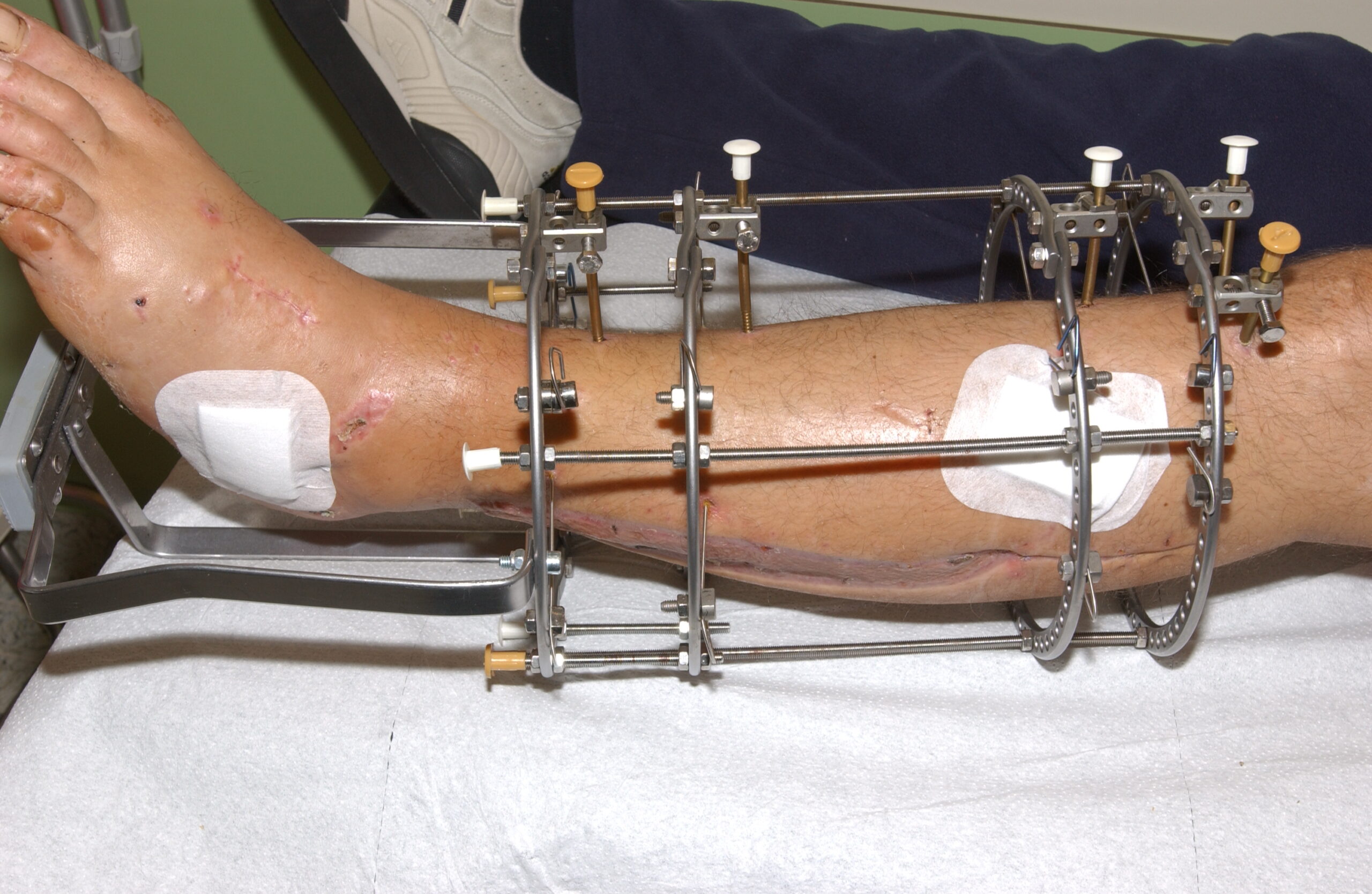
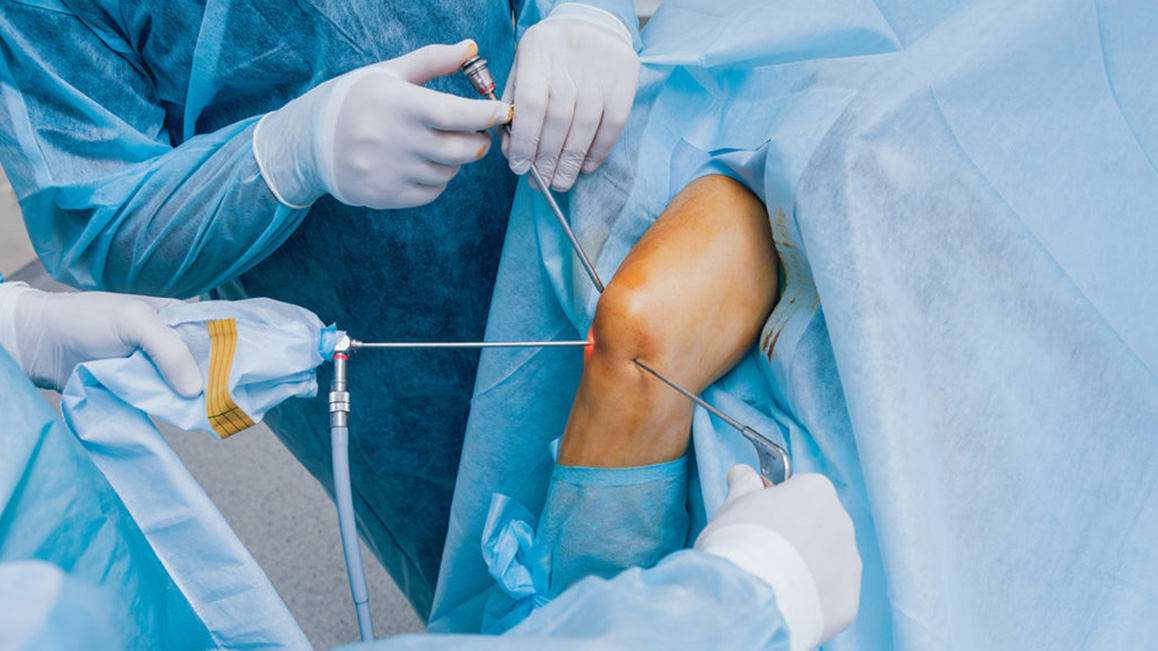
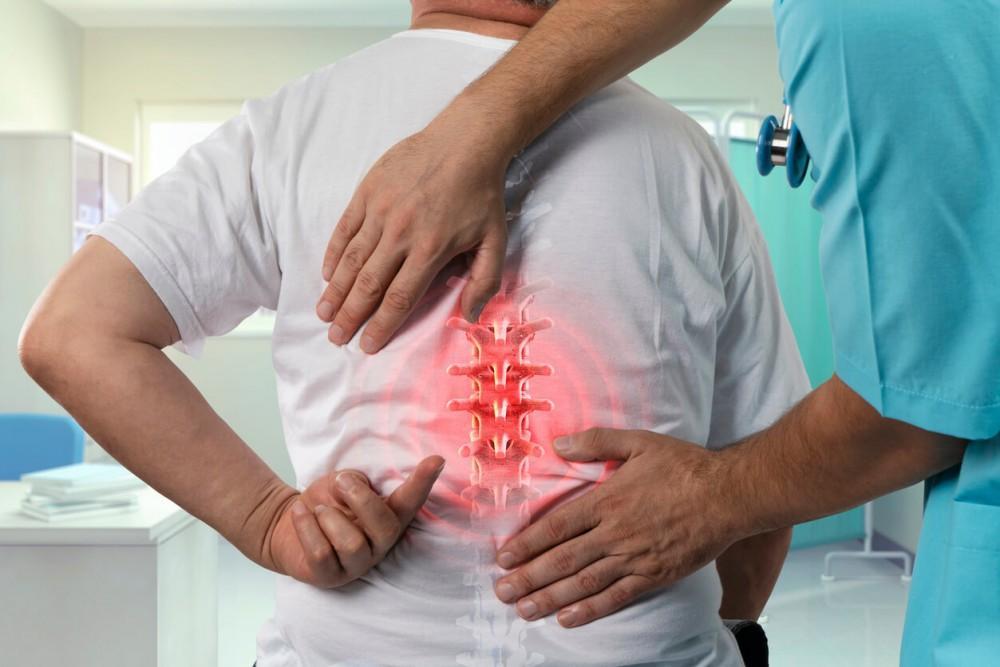
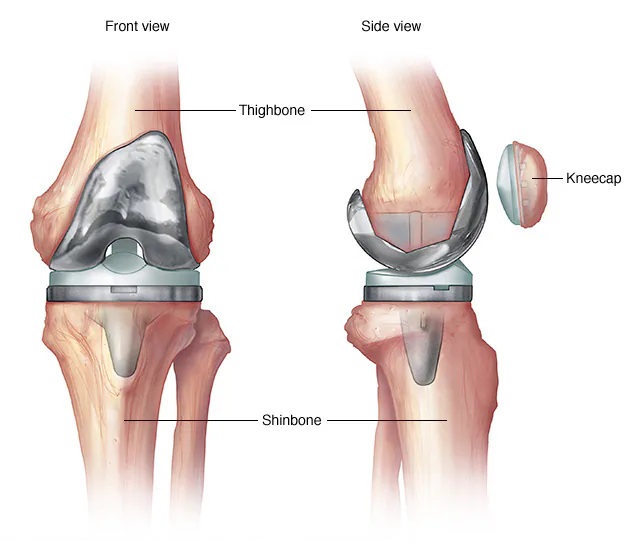
Leave a Reply